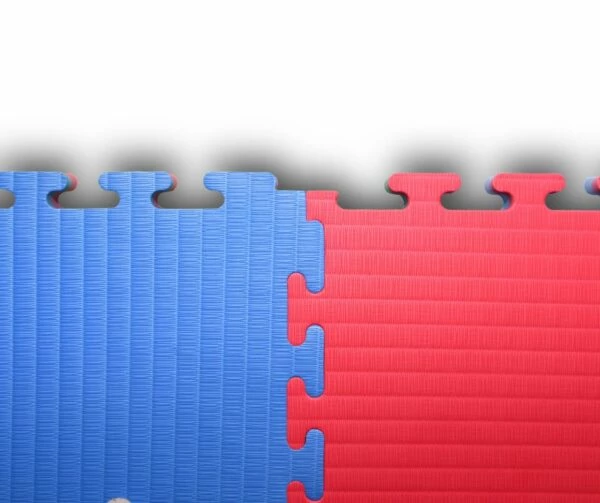Tatami
In the world of martial arts, particularly in disciplines like Karate, the term “tatami” is often heard. It’s commonly used to refer to the mats on which these arts are practiced. But far from being a mere sporting term, tatami has deep roots in Japanese culture, tracing back centuries as a significant element in traditional Japanese homes. Today, while the word has been adopted globally in martial arts contexts, its origin story is a fascinating blend of cultural evolution, artistic significance, and practical utility.
Historical Tatami Origins
The Birth of Tatami in Ancient Japan
The story of tatami begins in ancient Japan, a time when the floors of most homes were simply dirt. The earliest known use of tatami dates back to the Nara period (710–794 CE). Initially, tatami mats were luxury items used by the nobility as seating platforms during important events. The word itself is derived from the verb “tatamu,” meaning to fold or pile up, reflecting the mat’s original foldable or stackable nature.
A Symbol of Status and Elegance
During the Heian period (794–1185 CE), tatami’s use became more widespread, yet it remained a symbol of prestige. Only the wealthy and the nobility could afford to cover entire rooms with tatami mats, signifying their status. The arrangement of these mats in homes was subject to strict rules, reflecting the rigid class structure of the society at the time.
Section 2: Design and Material
The Traditional Make of Tatami
A traditional tatami mat is a complex piece of craftsmanship. Its core, known as the “doko,” is made of rice straw, providing both durability and a certain degree of flexibility. This core is then covered with a woven rush grass, known as “igusa,” which gives the mat its distinctive texture and scent. The edges are often bound with brocade or plain cloth, adding to its aesthetic appeal.
Tatami in Japanese Architecture
The design of tatami mats is not just practical but also holds cultural significance. The size and proportions of a tatami mat were standardized, and they played a crucial role in defining the architecture of Japanese rooms. The layout of tatami in a room could signify the room’s purpose and the status of its occupants. This use of tatami influenced not only residential architecture but also the design of temples and castles.
Section 3: Tatami in Martial Arts
Adoption into Martial Arts
As martial arts, particularly Japanese disciplines like Judo, Karate, and Aikido, began to formalize and spread, there was a need for a specific type of flooring that would be suitable for rigorous training and sparring. The traditional tatami mats, with their combination of firmness and flexibility, emerged as an ideal solution. It was in this context that the word “tatami” found its way into the martial arts lexicon, transcending its original meaning.

The martial arts tatami, while inspired by the traditional mats, are specifically designed for martial arts use. They are typically made of modern materials like EVA, XPE or vinyl covered high impact foam, providing the necessary cushioning and impact resistance needed for martial arts training. Despite these material changes, the essence of tatami’s original design – a balance of firmness and comfort – remains a core principle in these mats. This adaptation is a testament to the versatility and enduring relevance of the tatami concept, bridging traditional Japanese culture with the global martial arts community.

